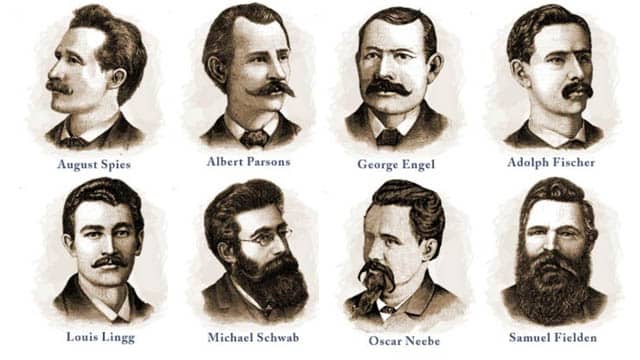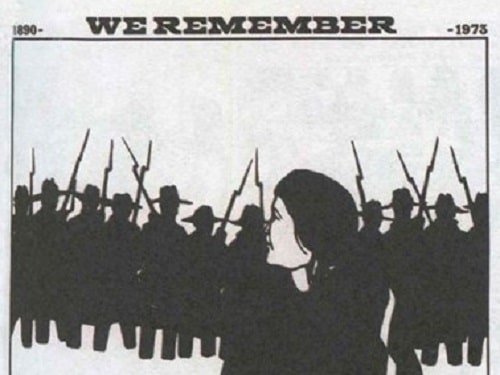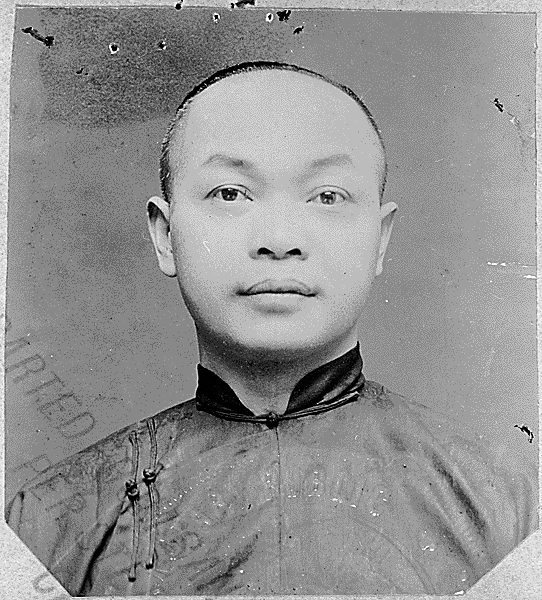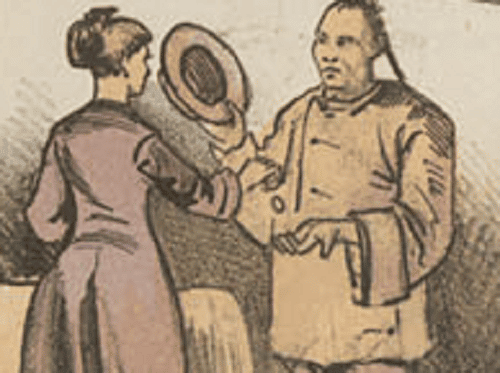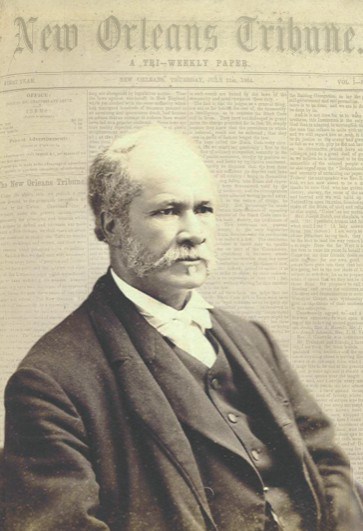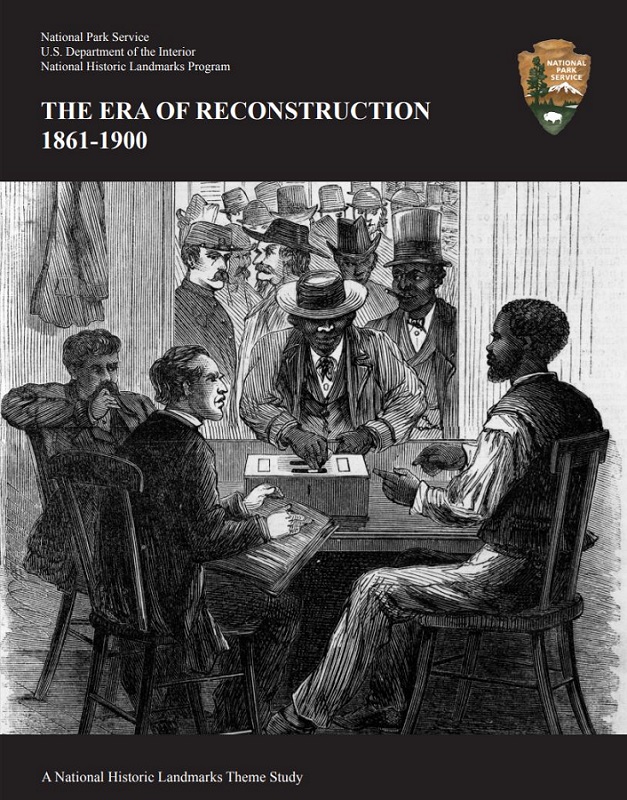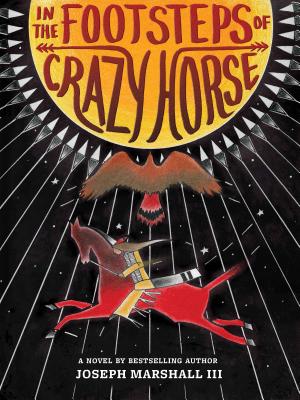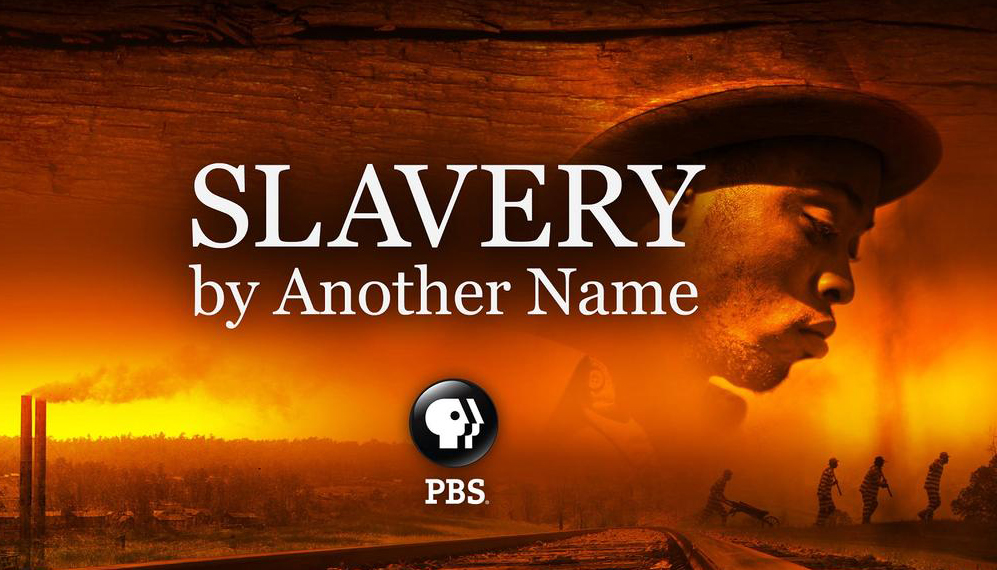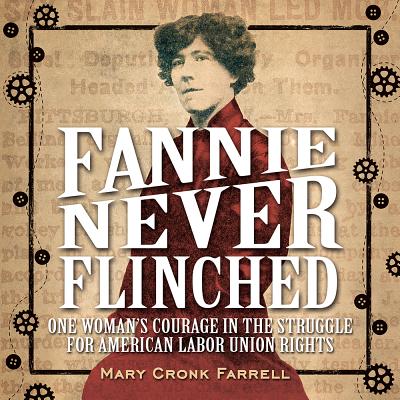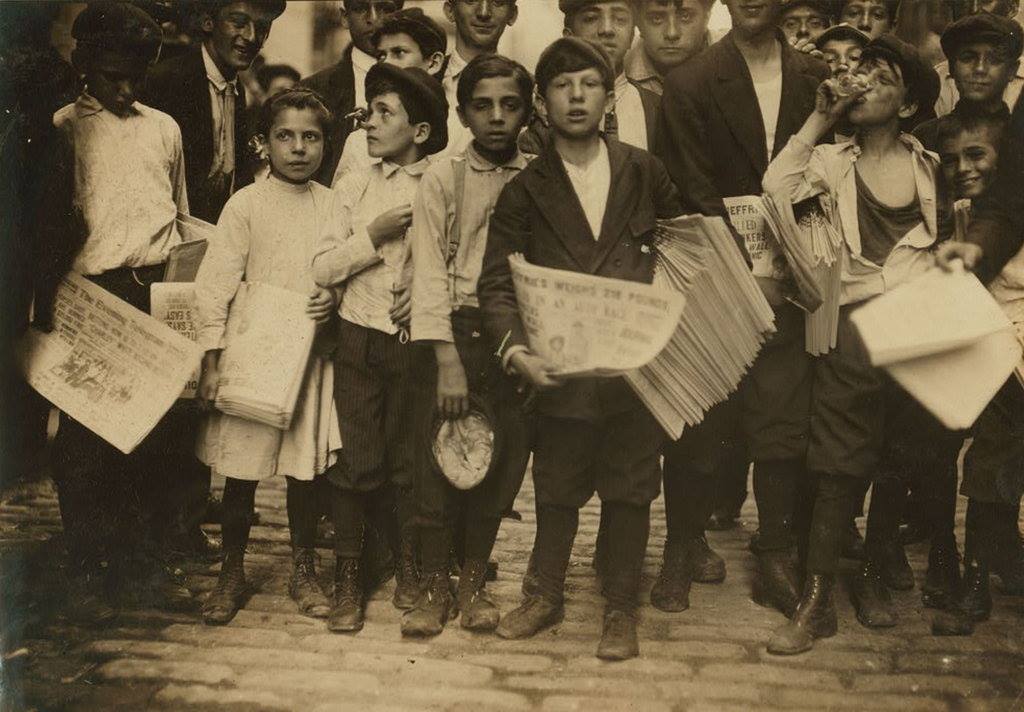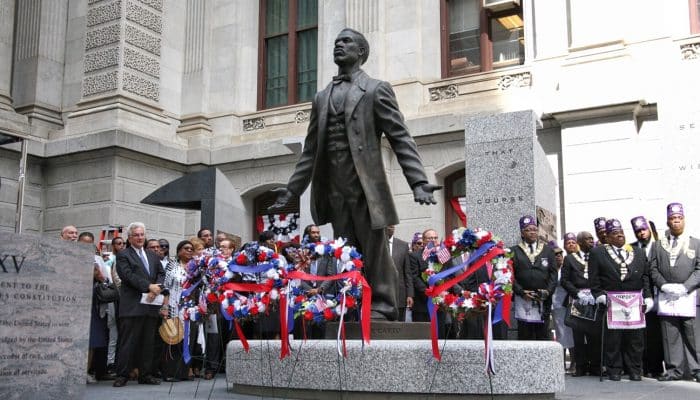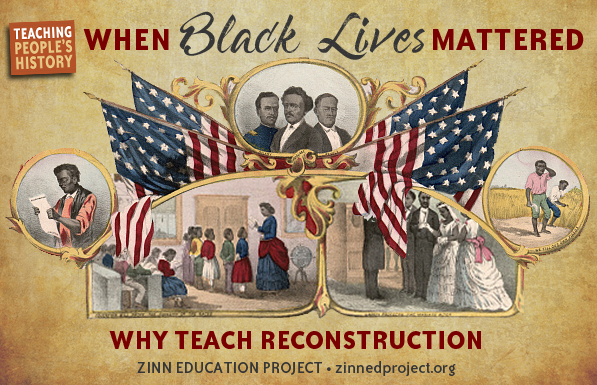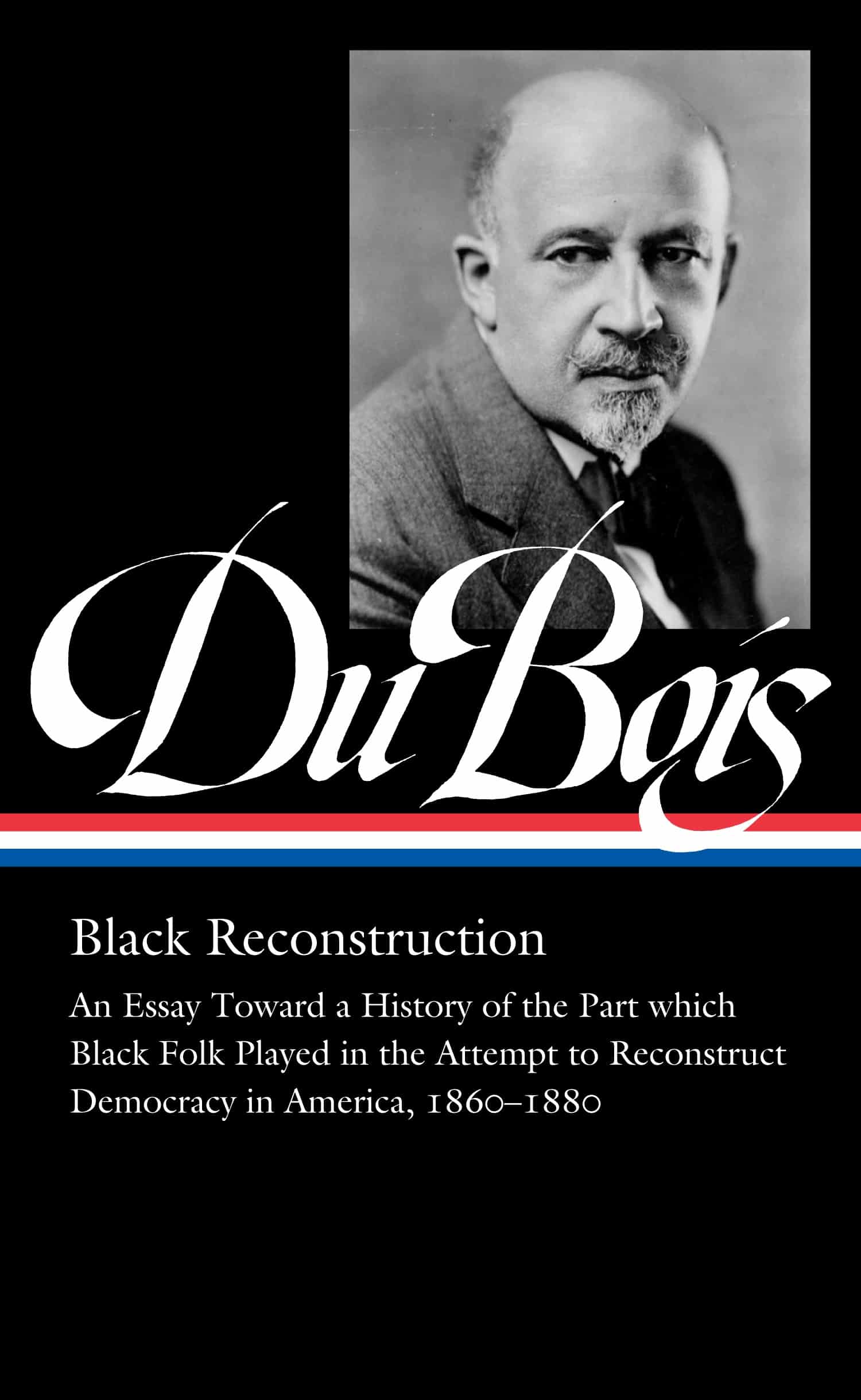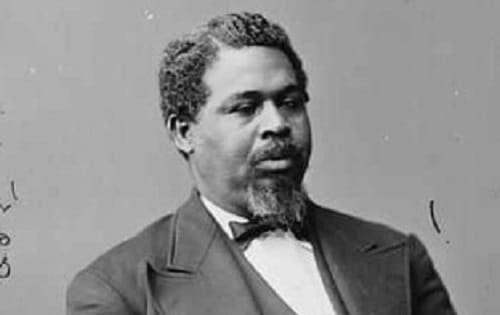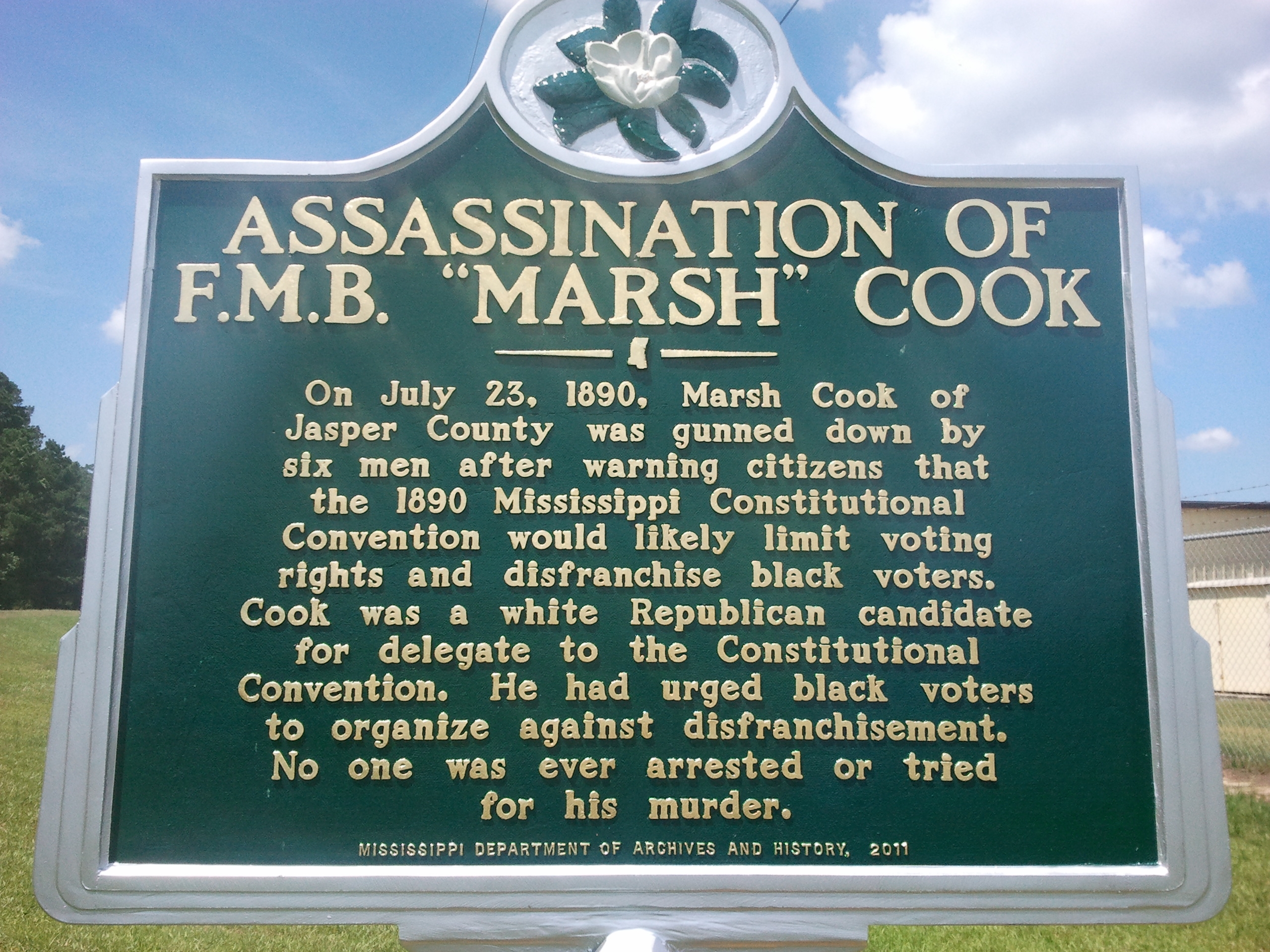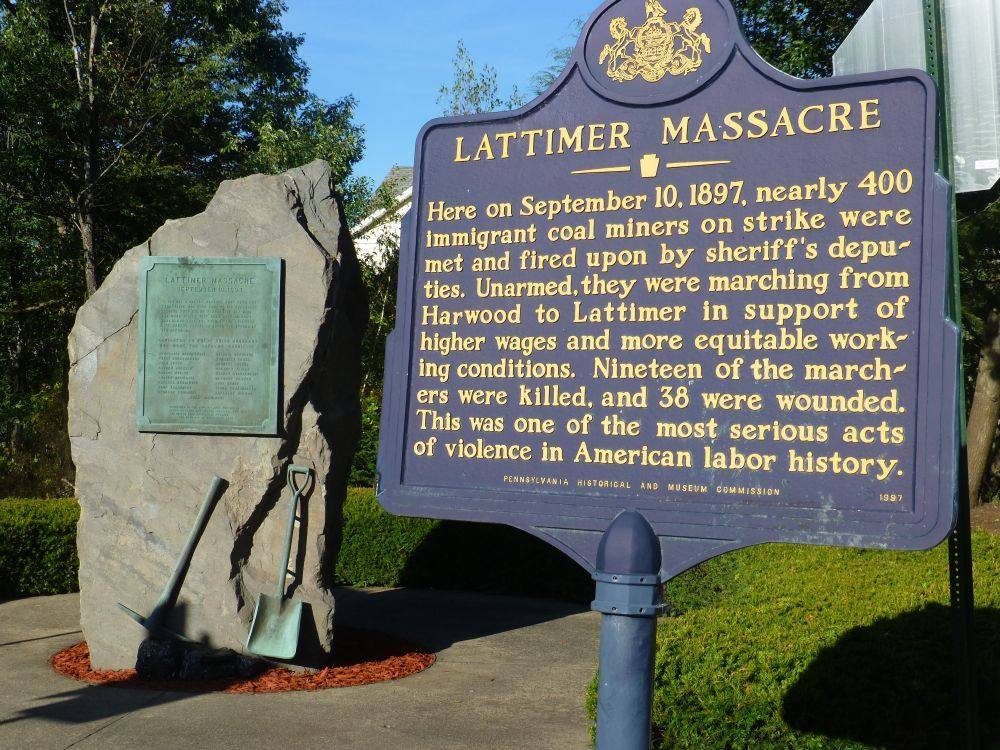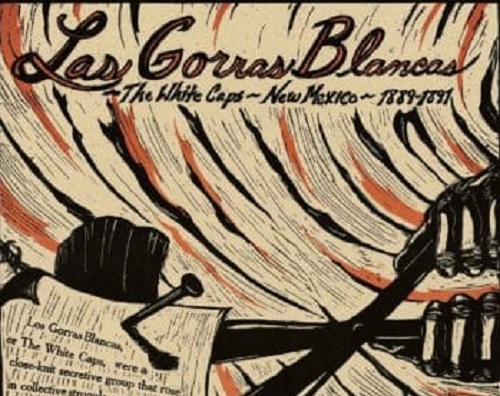Teaching Activity. By Gayle Olson-Raymer. 18 pages.
Questions and teaching ideas for Chapter 7 of Voices of a People's History of the United States on the American policy of "Manifest Destiny" and Native American resistance to their own displacement.
Continue reading
Film. By Na Maka o ka `Aina. 1993. 58 minutes.
A comprehensive documentary that focuses on the events surrounding the overthrow of the Hawaiian monarchy in 1893.
Continue reading
Teaching Guide. Edited by Debbie Wei and Rachel Kamel. 1998. 199 pages.
Readings and teaching ideas for high school students on the Spanish-American War.
Continue reading
Book — Non-fiction. By Howard Zinn. 2005, with a new introduction by Anthony Arnove in 2015. 784 pages.
Howard Zinn's groundbreaking work on U.S. history. This book details lives and facts rarely included in textbooks—an indispensable teacher and student resource.
Continue reading
A peaceful demonstration in Chicago for the eight-hour day ended in tragedy when the police barged in and a bomb exploded.
Continue reading
Plessy v. Ferguson upheld the constitutionality of racial segregation laws for public facilities.
Continue reading
A Lakota encampment on the Pine Ridge Indian Reservation was attacked by the U.S. Army and close to 300 Native Americans were murdered near Wounded Knee Creek in South Dakota.
Continue reading
The U.S. Supreme Court issued its landmark decision in United States v. Wong Kim Ark.
Continue reading
Lee Yick won a Supreme Court case that said that all people — citizens and non-citizens alike — had equal protection under the law.
Continue reading
Digital collection. The work of Dr. Louis Charles Roudanez, founder of the first Black daily newspaper in the U.S., the New Orleans Tribune, with articles, excerpts, videos, and a timeline.
Continue reading
Book — Non-fiction. By National Park Service. 2017. 165 pages.
A theme study on the history of the Reconstruction era.
Continue reading
Book — Fiction. By Joseph Marshall III. Illustrations by Jim Yellowhawk. 2015. 176 pages.
A contemporary Native American boy learns about the history of Crazy Horse in a journey with his grandfather.
Continue reading
Film. By Sam Pollard, Catherine Allan, Douglas Blackmon and Sheila Curran Bernard. 2012. 90 minutes.
Reveals the interlocking forces in the South and the North that enabled “neoslavery” post-Emancipation Proclamation.
Continue reading
Book — Non-fiction. By Eric Foner. 2015. 352 pages.
A people's history view of the Reconstruction era.
Continue reading
Book — Non-fiction. By Mary Cronk Farrell. 2016. 56 pages.
Biography of labor union activist Fannie Sellins.
Continue reading
Philadelphia, Pennsylvania Black educator, baseball player, and civil rights activist Octavius V. Catto was murdered by a white supremacist on election day.
Continue reading
Black women in Atlanta who washed clothes for a living organized an effective Reconstruction era strike — with clear demands, strategic timing, and door-to-door canvassing.
Continue reading
Book — Non-fiction. By W. E. B. Du Bois. Edited by Eric Foner and Henry Louis Gates. 2021. 1097 pages.
Originally published in 1935, Du Bois’ Black Reconstruction was the first book to challenge the prevailing racist historical narrative of the era and in sharp, incisive prose, tell the story of the Civil War and Reconstruction from the perspective of African Americans.
Continue reading
The South Carolina Constitutional Convention convened to disenfranchise Black voters.
Continue reading
Book — Fiction. By Tim Tingle. 2014. 326 pages.
A young girl's story of growing up in Indian Territory in pre-statehood Oklahoma.
Continue reading
F. M. B. “Marsh” Cook, a white man, was killed for standing up against the white supremacist 1890 Mississippi Constitutional Convention.
Continue reading
Nineteen mineworkers were killed and dozens were wounded in the Lattimer Massacre.
Continue reading
The populist Las Gorras Blancas published a human rights declaration.
Continue reading





